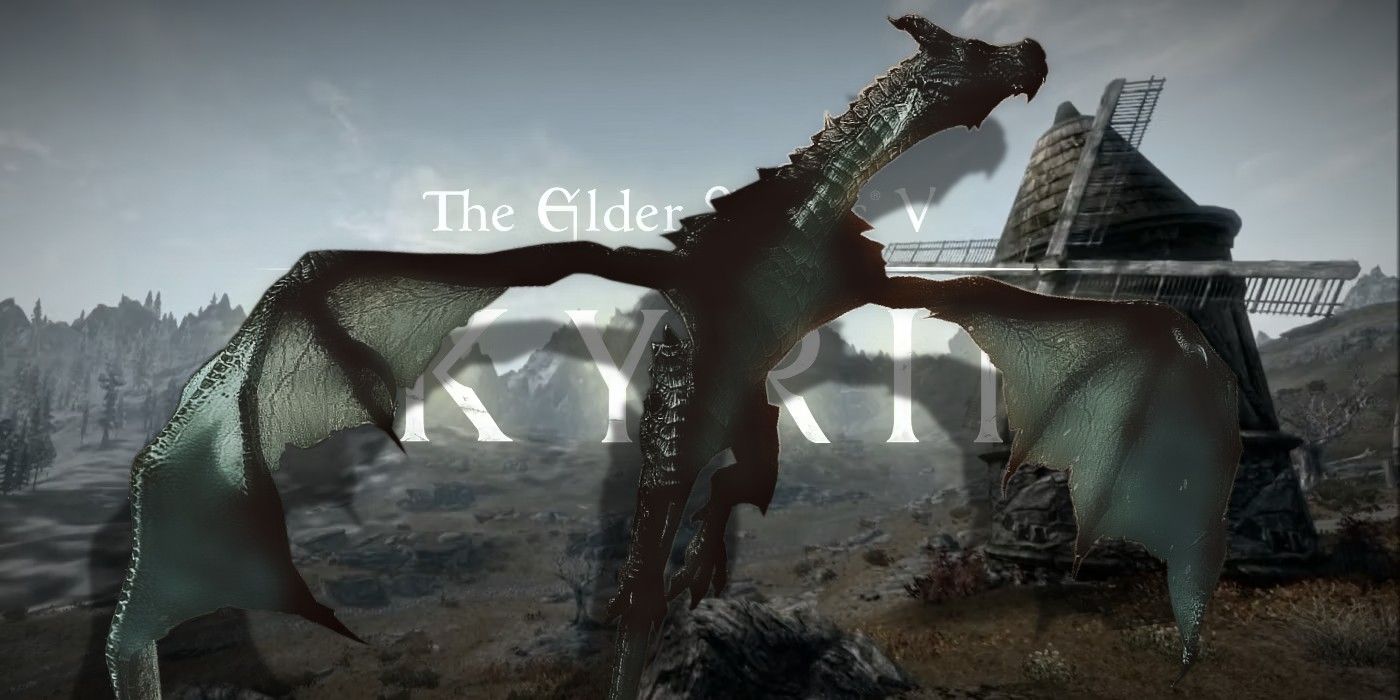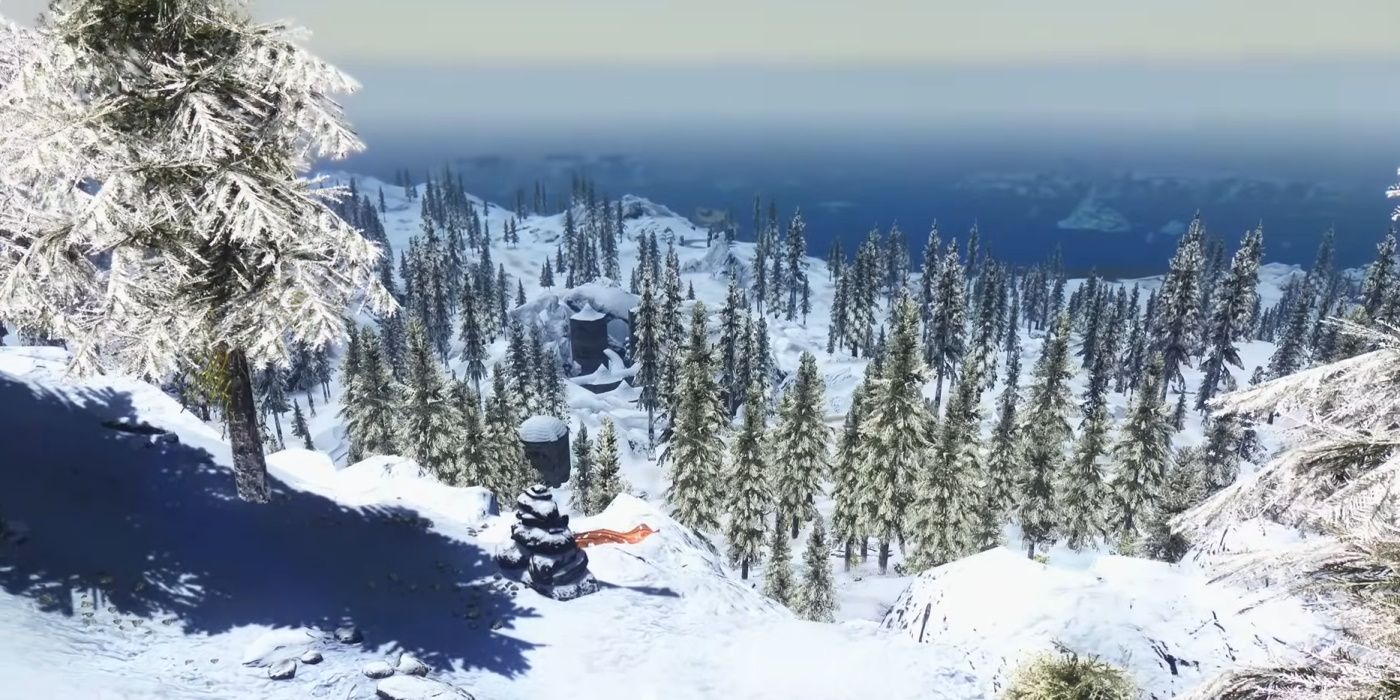Even 11 years after its first release, Skyrim is a game that continues to entertain and intrigue players, but while there's tons to see and explore, with numerous opportunities for roleplay, the region of Skyrim itself is a little bland. While expansions opened new questlines, they didn’t really venture far outside the snowy mountains that have become synonymous with the game as a whole, and this lack of variety - after over a decade without a new TES title - could hurt Skyrim's legacy.
After 11 years of Skyrim lore, players have become intimately familiar with the province and its people. This is both a positive and negative for Skyrim’s legacy, as the environment offers little in the way of variety. Players can easily remember key landmarks within the three general environmental zones. However, even long-time players can still get lost in the countless areas of scrubland or snow-covered mountainsides that all end up blurring together.
A Lot Of Skyrim Looks The Same
Skyrim is a fantastic game that took different aspects from previous Elder Scrolls games and found the right balance between them. The province of Skyrim feels vast, although Skyrim does not have the largest map of the Elder Scrolls games. That honor goes to Arena and Elder Scrolls Online, whose map, compared to Skyrim, is much bigger. The problem with Skyrim’s environment isn’t its size but its lack of variety.
Players can easily break down the environment of Skyrim into three zones: snowy mountains at the very north, the scrubland or grasslands in the center, and the forests to the south. The different holds sit within zones, and while each of the holds does have its own feel, it is not enough to firmly set them as truly unique; at least not in the way that Morrowind's Vivec City felt so distinct from cities like Balmora or Ebonheart (to say nothing of Ald'ruhn, whose manor district was built inside the empty shell of a giant crab). This was intentional on the part of Bethesda and creates a land that feels as though it is one country while still having some variety. However, it is very easy to get tired of the dull environment, which ultimately could hurt some people’s memory of an otherwise brilliant game.
One of the great stand-out regions from Skyrim isn’t even in the main province itself and instead sits off the coast of Morrowind. First introduced in The Elder Scrolls 3: Morrowind’s second expansion Bloodmoon, the island of Solstheim, was reintroduced to Elder Scrolls players in Skyrim’s third and final expansion Dragonborn. Solstheim is a welcome relief from the monotony of Skyrim’s landscape with its ash-covered geography, and even its snow-covered areas feel and look unique from Skyrim.
One way Bethesda could have mixed things up a little would have been to have Skyrim’s expansion take the player to new locations. While Dragonborn does this, Dawnguard and Hearthfire don’t deliver anything new in terms of environments. Skyrim’s first DLC Dawnguard does have some minor locations to explore, but it's still rooted within the main province, with the notable exception of the terrifying Soul Cairn.
Skyrim is a game that continues to attract new players despite it being eleven years old. While its legacy is no doubt secure, it may end up dented a little by the series having gone so long with only such homogenous environments for fans to remember. A new Elder Scrolls game between Skyrim and Starfield could have gone a long way toward Skyrim being more fondly remembered for its best traits. No doubt fans of Skyrim will be looking forward to the next Elder Scrolls game, but simply having somewhere new to discover could be the best part.


